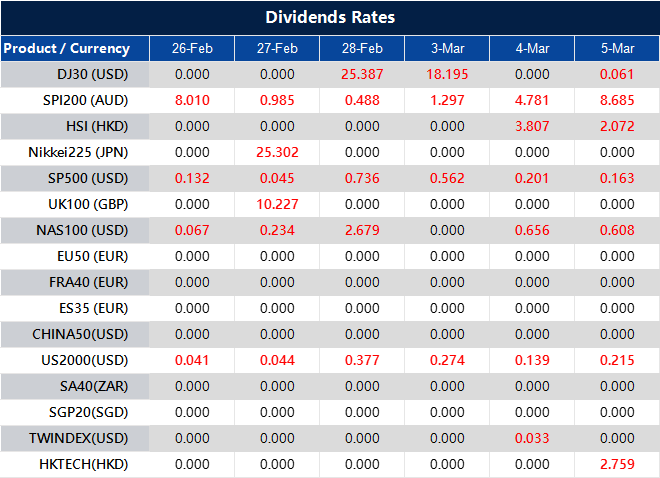EUR/USD increased by 0.5% on Tuesday, surpassing 1.0500, despite being constrained by recent resistance. US consumer sentiment decreased in February, raising fears of an economic slowdown, and President Trump reaffirmed his intention to impose import taxes.
Despite the decline in consumer sentiment, the Cable maintained its strength. The market remains hopeful that Trump may delay his tariff threats.
The upcoming economic data schedule is light, but attention is on Thursday’s US GDP figures and Friday’s personal consumption expenditure inflation update, which may reveal effects on core inflation from recent CPI spikes.
EUR/USD remains above the 50-day Exponential Moving Average near 1.0440. Although momentum is limited, reclaiming the 1.0550 level is a challenge, with the 200-day EMA acting as a barrier at 1.0650.
The Euro is the currency for 19 Eurozone countries, representing 31% of foreign exchange transactions in 2022. The European Central Bank sets interest rates and aims for price stability, influencing the Euro’s value.
Inflation data, particularly when it exceeds the ECB’s 2% target, can lead to interest rate increases, benefiting the Euro. Economic indicators like GDP and consumer sentiment can also sway the Euro’s strength based on economic health.
The Trade Balance impacts the Euro’s value as well, measuring the difference between exports and imports. A positive balance generally strengthens the currency, while a negative one does the opposite.
The jump in the Euro against the US Dollar reflects a market grasping for direction amid mixed signals. While sentiment surveys show growing concern in the US, currency traders are weighing whether this slowdown will be enough to prompt the Federal Reserve to reconsider its stance. A lower reading on consumer confidence often translates into reduced spending, which in turn cools inflation. That should push down rate hike expectations, yet the market has yet to fully embrace that notion.
The fact that Sterling held steady even as US confidence softened suggests that traders are waiting for clearer direction. There is still some hope that President Trump will ease up on his proposed tariffs, and this has prevented the Dollar from making stronger moves. Markets tend to respond less to political statements and more to actual policy implementation, so hesitancy remains.
With few economic reports set for release in the next few days, momentum may stay muted. However, Thursday’s GDP numbers will shed light on whether the US economy is showing resilience to higher interest rates. A strong reading would reinforce Dollar strength, while a weaker one would raise concerns that tight monetary policy is biting harder than expected. That is before Friday’s spending and inflation data, which will be watched closely to judge whether core prices are still running hot. The Fed’s preferred inflation gauge has the power to shake expectations around future rate moves.
On the technical front, short-term price action remains contained. The fact that the Euro is holding above its 50-day EMA near 1.0440 hints at some underlying support, but breaking past 1.0550 remains a hurdle. Even if it does, momentum would likely run into resistance at the 200-day EMA, making renewed upside tricky. Traders have been reluctant to push beyond these thresholds without a strong catalyst.
Economic reports in the Euro area matter just as much. Inflation is always in focus, since levels above 2% make the case for tighter policy from the ECB. That often bodes well for the Euro, as higher rates tend to attract inflows. However, GDP figures and sentiment readings also affect the equation, as they offer insight into whether the economy can handle restrictive borrowing costs.
Trade figures serve as another key pillar. When exports outpace imports, it usually strengthens the Euro by driving demand for the currency. A deficit, on the other hand, can weigh down its value, particularly if it reflects softening demand from key trading partners. These fundamental factors keep shaping price trends, even when short-term fluctuations appear tied to broader risk shifts.





